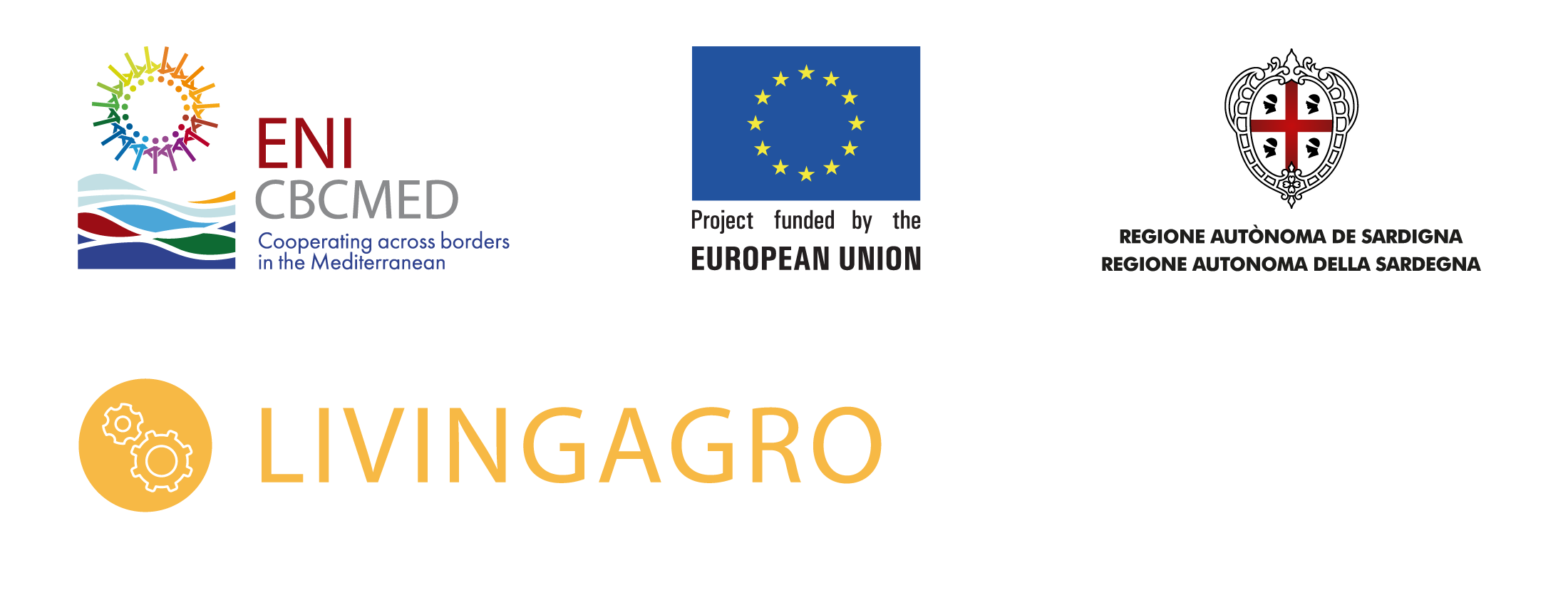Agroforestry for Grazed Woodlands
Grazed Woodlands
The Mediterranean Basin is one of 25 global hotspots of biodiversity, with over 25,000 vegetal species and 770 vertebrate species. Covering about 75 million hectares in 25 countries around the Mediterranean Basin, Mediterranean forests are an important ecosystem resource. Mediterranean woodlands offer many opportunities for human activities, including timber and cork production, collecting various plants, hunting, excursions, as well as livestock grazing.
Grazed woodlands are land use systems that integrate woody vegetation with livestock, creating a close connection between economic activity and the natural environment. Some of these grazed woodlands represent specific landscape units, such as the Dehesa in Spain and the Montado in Portugal, which occupy about 7 million hectares of the Iberian Peninsula, and the Greek Phrygana, a maquis managed by grazing and occasional fires, which covers more than 1,000,000 ha, and Pascoli arborati in Italy, where about 1,300,000 ha of land integrates trees with livestock production.
ROLE AND AIM OF THE “GRAZED WOODLANDS” LIVING LAB
Grazed woodlands play an important socio-economic role, providing rural employment and a range of ecosystem services. In the context of a serious risk of inland abandonment, the valorisation of these silvopastoral systems involves an innovative management approach and an awareness of the multiple roles they play. Recognised for its biodiversity and cultural importance, this can be termed high natural and cultural value (HNCV) agroforestry. Grazing in Mediterranean woodlands can be useful for reducing fire risk, for increasing carbon sequestration, for moderating the microclimate, and for reducing soil erosion and nutrient leaching compared to conventional forestry. Although some traditional practices and products have been abandoned, many grazed woodlands continue to provide multiple woody and non-woody plant products and high-quality food. Some of the cultural value of these silvopastoral systems can also be embraced through tourism and local events. However, it remains a political challenge to fully translate the positive social and environmental impact of grazed woodlands into economic and social benefits for farmers and landowners, in order to avoid rural abandonment and environmental risks.

Innovation
CATALOGUES OF INNOVATIONS
Overviews of innovations from B2B events & innovators’ contact info
FIELD TRIALS
Descriptions of field trials of selected innovations, and their results
E-LEARNING
A wealth of useful information in free PowerPoint presentations
LIVING LAB RESOURCES
Factsheets, publications, research results, agreements and more
Questions and Answers
Visit the Livingagro forum
You can interact with colleagues and experts, ask questions, or share your knowledge, helping others to solve their problems.
Go to the forumMeet the team
LIVING LAB EXPERTS
Agricultural engineers, consultants, trainers, researchers or project managers. Our team is made up of passionate people, united above all by the same desire to think differently about agriculture for farmers, producers and consumers.







